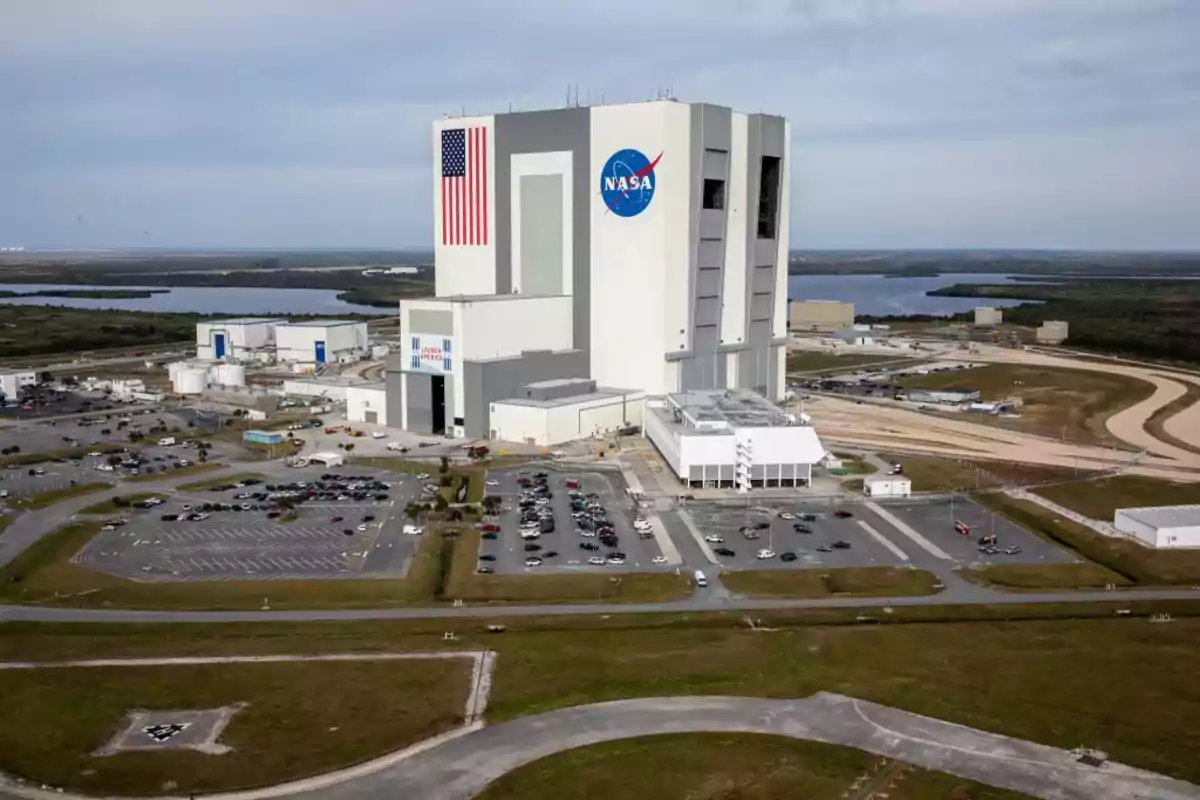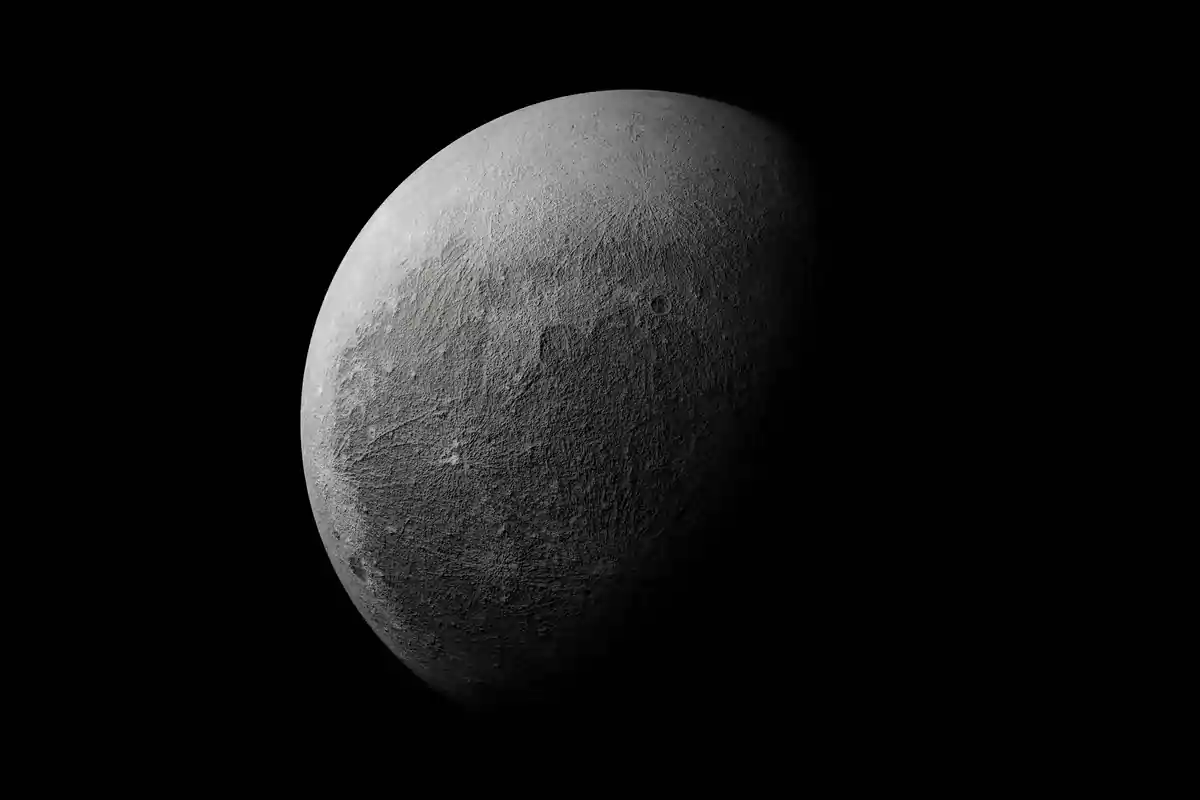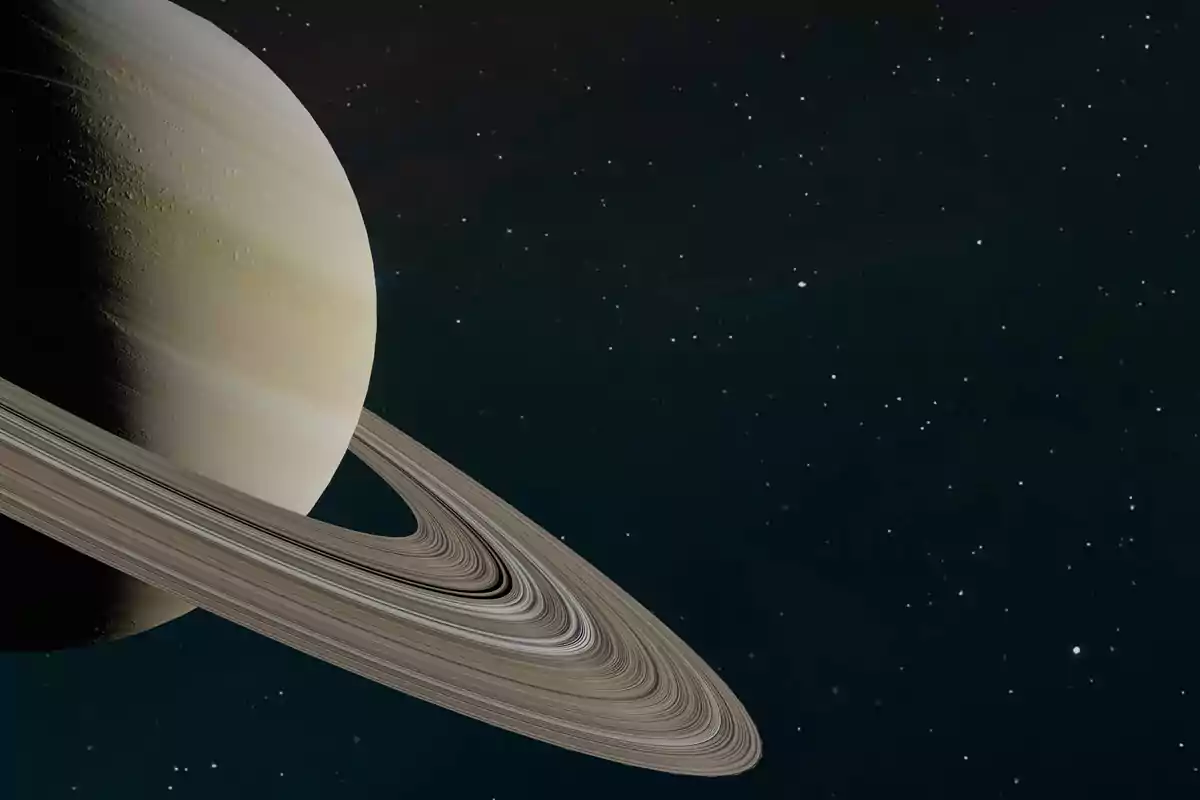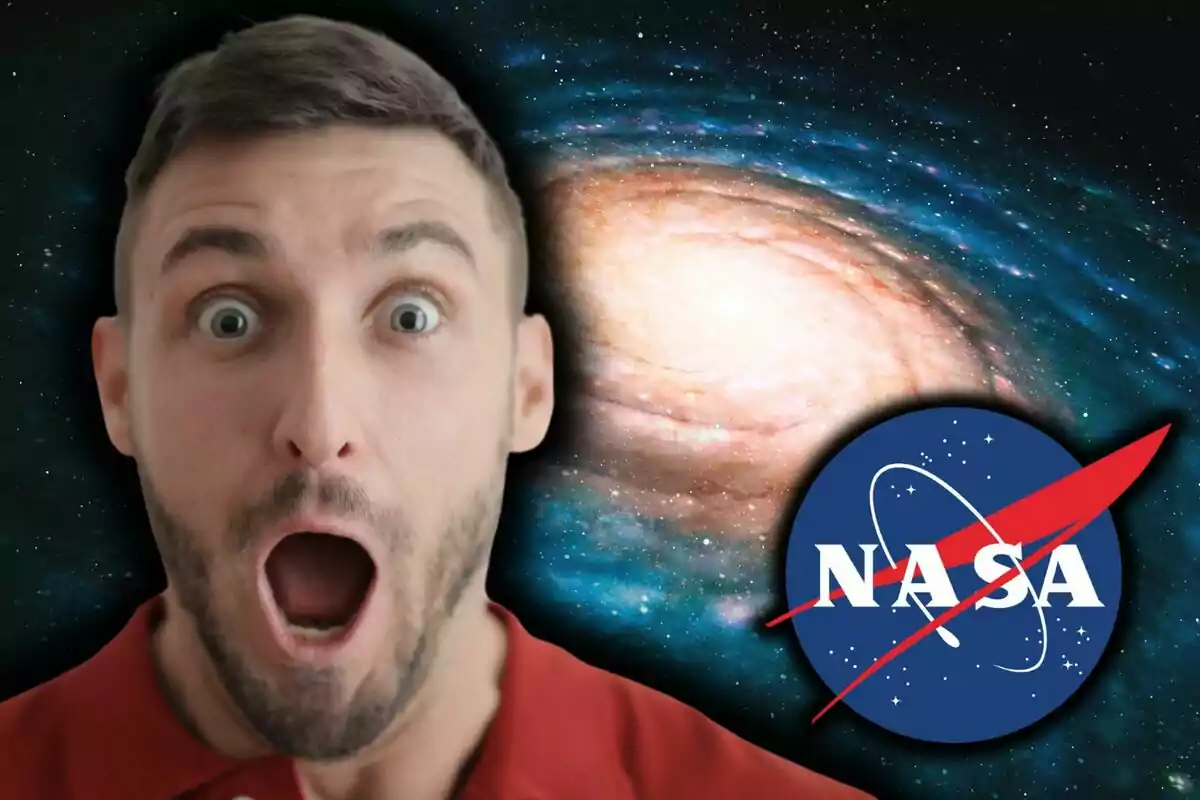In recent months, Saturn has once again surprised the scientific community with an astronomical record that's hard to match. NASA has confirmed the discovery of new moons orbiting the ringed giant, a finding that completely reshapes the lunar map of the solar system. According to Edward Ashton, lead researcher of the project: "Indeed, we've found it."
This finding was made possible thanks to a long-term investigation that began in 2019. For three years, the Canada-France-Hawaii Telescope has monitored the space around the planet with surgical precision, recording orbital patterns and anomalies. The first signs had already hinted that something major was about to be confirmed.

The largest collection of moons in the solar system on the ringed planet
Throughout that period, scientists had detected dozens of objects that seemed to move in sync with Saturn. The team, led by Ashton from the University of British Columbia, returned to the same observation field in 2023. After three months of continuous monitoring, the result was conclusive: 128 new satellites have joined the planet's orbit.
This discovery raises the total number of Saturnian moons to 274, leaving Jupiter behind with 95. Meanwhile, Saturn has practically doubled the number of moons of all the other planets combined. Likewise, the International Astronomical Union has already officially recognized the new count.
Where do these moons come from?
The newly discovered moons aren't exactly what one would imagine when thinking of a satellite. Most measure just a few miles (a few kilometers) in diameter and have chaotic orbits, often moving in the opposite direction to Saturn's rotation. These characteristics have sparked interesting questions about their origin and evolution.
The researchers have proposed a hypothesis that has all the flavor of a cosmic thriller. They believe that, about 62 million years ago (100 million years), a massive collision shattered several larger moons, creating a cloud of debris that over time turned into the smaller satellites. The subgroup of moons known as Mundilfari would be the epicenter of that cataclysm.

These new moons also have retrograde and eccentric orbits, which reinforces the theory of a violent impact. NASA has highlighted that their elongated trajectories and movement against the planet's spin are unmistakable signs of a turbulent origin. They're not moons captured by chance, but remnants of an orbital tragedy.
Saturn and its renewed prominence in the solar system
The discovery not only changes the numbers, it also forces a rewrite of theories about the formation of irregular moons. "Our carefully planned, multi-year campaign has resulted in a large number of new moons that show us the evolution of the irregular population," Ashton stated. For him, the most impressive thing wasn't finding the moons, but understanding what they reveal about Saturn's past.

With this mission, Saturn has established itself as the most prolific planet in known satellites. Although the excitement is palpable, the expert has admitted that they don't expect to surpass this major discovery in the short term. For now, the lunar crown remains firmly in the hands of the giant with the rings.

